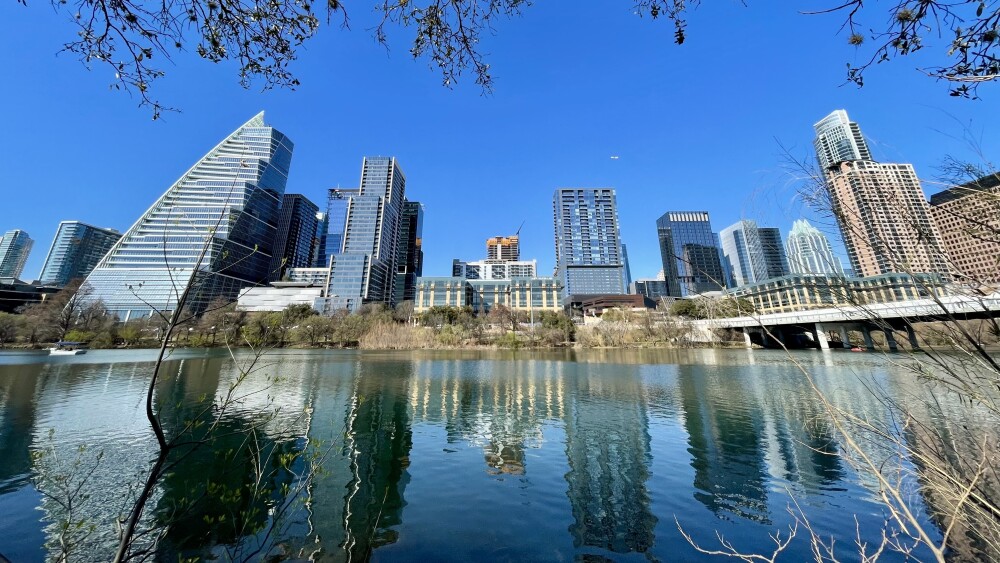Ask any Austinite whether Austin is growing, and they’ll respond with a resounding “yes.”
And they would be right — in a sense. The Austin metro area — which includes Round Rock, Georgetown, and Cedar Park — is one of the fastest-growing metro areas in the country. But when it comes to the City of Austin itself, it turns out we might be losing residents.
What about all that growth?
Austin accounts for about one million of the metro area’s 2.3 million residents. While it’s true there’s been quite a bit of growth in the Central Texas region lately, a lot of it is being driven by suburbs.
For example, Georgetown and Leander were ranked the No. 1 and No. 2 fastest-growing cities in the US this year, with year-over-year population increases higher than 10%. During roughly that same time frame, the city of Austin’s population growth was 0.1%.
This stark difference could be due to large-scale corporate investments in the ‘burbs, such as Samsung’s $17 billion commitment to Taylor or the string of tech factories recently promised in Williamson County.
But the difference may also have something to do with the cost of living — specifically, skyrocketing housing costs.
So, what’s happening in Austin?
A recent renter migration report from Rent.com found that in April, May, and June of this year, Austin gained ~27,000 residents and lost ~49,000.
That ranks the city as the fourth-highest for outbound migration in the country. (Charlotte, NC, St. Louis, and Chicago made the top three.) Most of these former Austinites are staying within the state, opting for nearby cities like San Antonio or Dallas.
It’s important to note this data only represents a small slice of time. Here’s what the long-term trends say about population growth over the last decade:
- Travis County: 26%
- Hays County: 53%
- Williamson County: 44%
- Bastrop County: 31%
- Caldwell County: 21%











